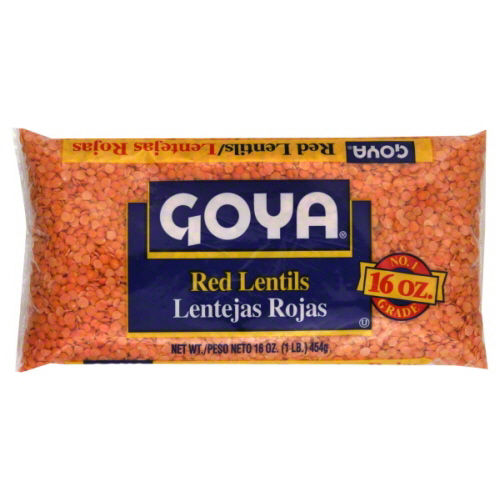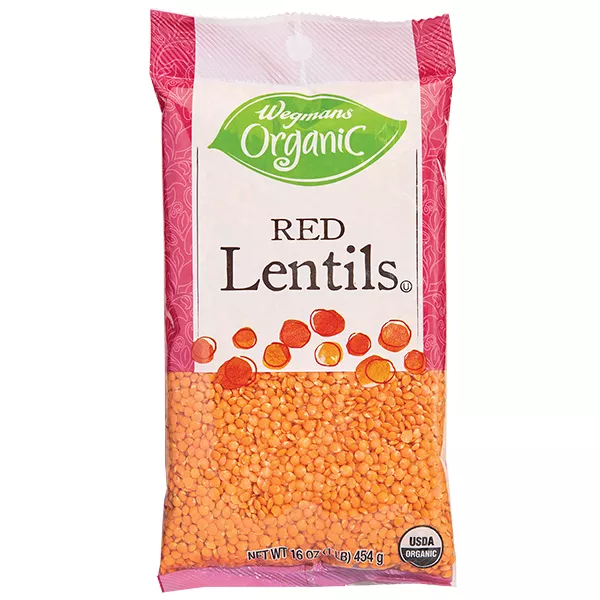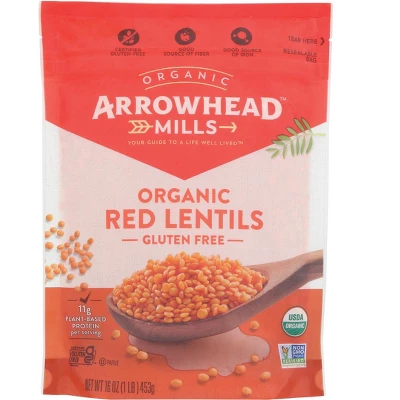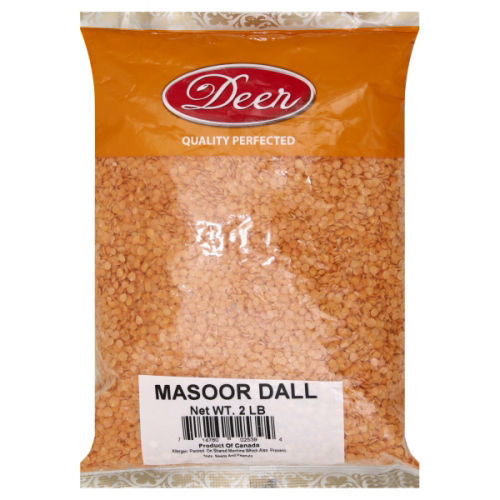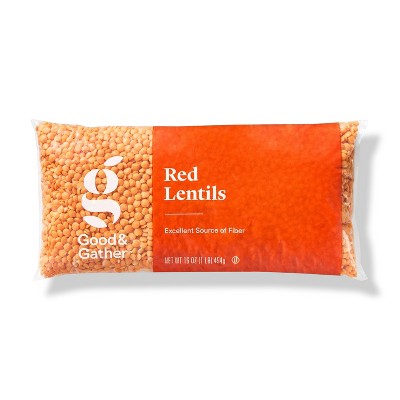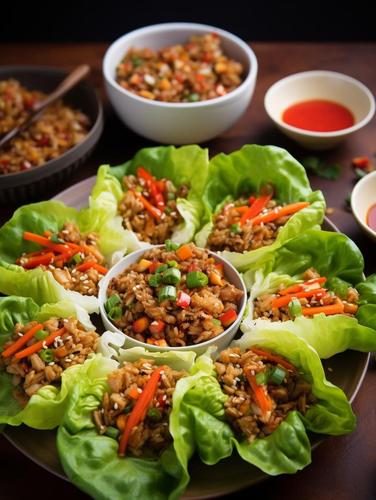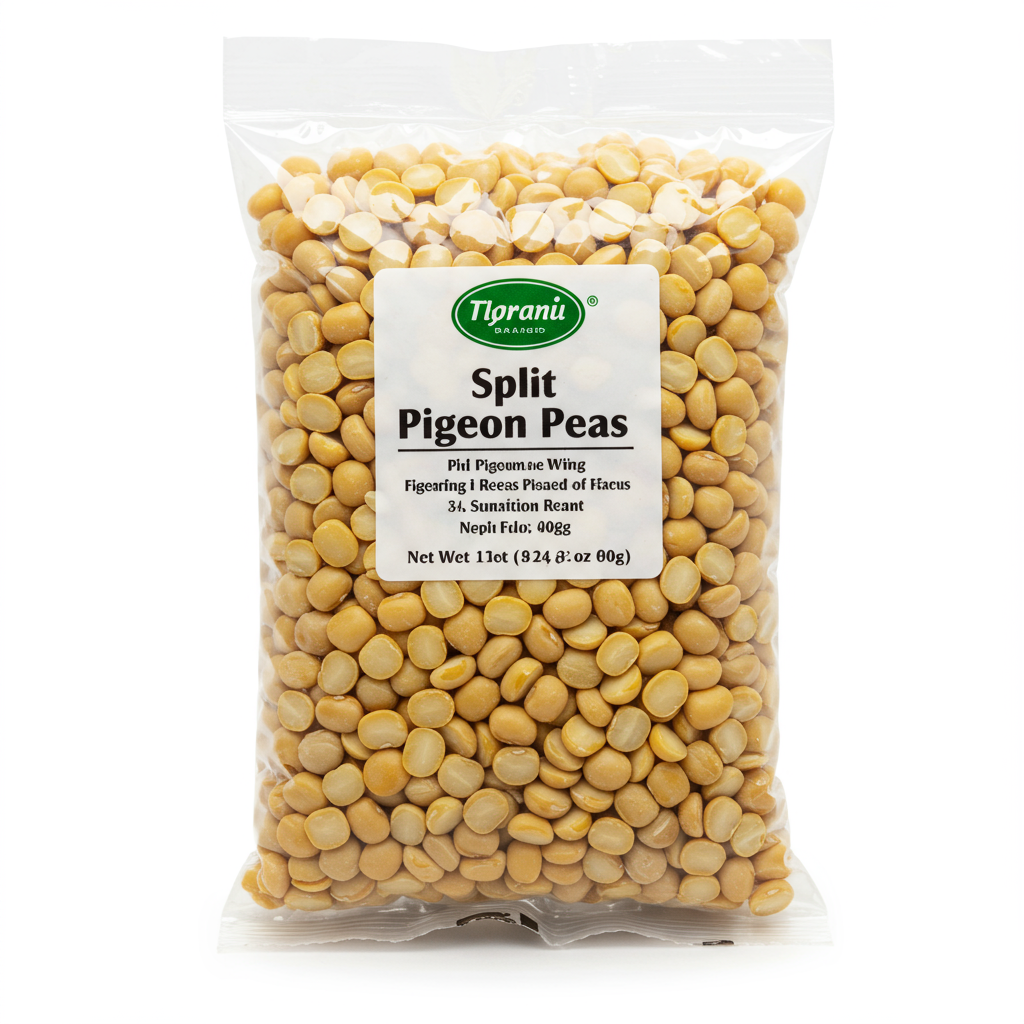MAIN DISHES
SOUPS
SALADS
Red Lentils
Red lentils, scientifically known as Lens culinaris, are small, round legumes frequently used in various cuisines worldwide. These lentils come in different shades of red, ranging from bright orange to a deep coral, and become golden yellow when cooked. Rich in nutrients, fiber, and protein, red lentils are a staple in vegetarian and vegan diets as they serve as an excellent source of plant-based protein.
Notably utilized in Indian, Middle Eastern, and Mediterranean cooking, red lentils are lauded for their ability to break down and thicken during the cooking process. This attribute makes them perfect for creating creamy soups, stews, and dals (an Indian staple), often seasoned with aromatic spices and herbs. With their quick cooking time and versatility, red lentils are a valuable addition to any home cook's pantry.
71%
CARBS
2%
FAT
27%
PROTEIN
302 Red Lentils Products
Used In 39 Recipes
3
Golden Sunshine Lentil Soup
5
Autumn Delight Pumpkin & Lentil Coconut Curry
3
Savory Lentil Bites with Zesty Lemon Tahini Sauce
1
Scrumptious Lentil Walnut Burgers
3
Veg-Rich Cauliflower and Lentil Sandwich
1
Luscious Lentil Delight Wraps
1
Hearty Chicken and Veggie Soup
1
Luscious Lentil & Chickpea Curry Stew
Red Lentils Are Frequently Used With
Red Lentils FAQ
Cooking with red lentils can be both fun and advantageous. Their rich flavors and creamy texture enhance any meal they are part of. However, there are common mistakes people make when cooking red lentils. Firstly, most people fail to rinse their lentils before cooking. Rinsing gets rid of any dust or tiny stones that may have been missed during the packing process and also eliminates residues such as phytic acid which can decrease nutrient absorption. Secondly, most people overlook soaking. Soaking lentils can lower cooking time and enhances digestion. Note that red lentils don’t necessarily require soaking due to their quick cooking nature, but it still helps.
To get the most out of your red lentils, it’s crucial to adjust cooking time based on what you’re making. Red lentils cook fairly fast and can turn mushy quickly, which is perfect for soups and dals, but not desirable for salads and other dishes where you want them to hold their shape. Adding a dash of turmeric in the cooking water can bring out the golden color and also have health benefits. A tip that most people often overlook: do not salt your lentils before cooking, this can make them tough.
How do I prepare red lentils before cooking?
Why do my red lentils turn mushy when I cook them?
When should I add salt to my red lentils?
Is it necessary to rinse red lentils?
Do I have to soak red lentils before cooking?
Why are my red lentils still hard after cooking?
How can I keep my red lentils from turning mushy?
Should I cook red lentils on high or low heat?
Can I use red lentils to make a salad?
Can I cook red lentils without soaking?
Expiration & Storage Tips
When does red lentils expire?
Unopened red lentils can comfortably last up to two to three years if stored in a cool, dry place, making them a highly reliable pantry staple. Once the package is opened, though, the longevity can depend on the environment. In a dry, cool pantry, they can last up to one year. Alternatively, they can be stored in the freezer indefinitely, though texture or flavor may suffer after about a year. Homemade red lentil dishes, on the other hand, will typically stay fresh for about 3 to 5 days in the refrigerator. Always remember to use air-tight containers while storing them to maintain freshness.
How do you tell if red lentils is bad?
Though it’s rare, lentils can spoil. Signs of spoiled lentils include a rancid smell, presence of mold or insects, or altered texture, such as excessive hardness or an excessively dry appearance. Cooked lentils should be discarded if left out for more than 2 hours at room temperature or if you have any doubts about their freshness. When it comes to cooked lentils, if there's an odd smell, off-color, or if you see mold, it's time to toss them out.
Tips for storing red lentils to extend shelf life
• Store dry lentils in a cool, dry area away from sunlight. This will help preserve their nutritional value, taste and texture.
• Once you break the seal of the packaging, transfer unused lentils to an airtight container to prevent moisture and pests.
• Always store cooked lentils or lentil dishes in the fridge. If you know you won't eat them within a few days, consider freezing them for later use.
• Lentils also freeze well. You can portion out cooked red lentils in freezer-safe containers. This is a great option if you've made a large amount and want to save portions for future meals.
• Remember: the sooner you eat cooked lentils, the better. As any food item, its quality will inevitably downgrade over time, even in the fridge or freezer, so it’s always a good idea to eat them sooner rather than later.
EXPIRES WITHIN
19 - 29
MONTHS
Substitutes
Health Info
Macros
31g
CARBS
1g
FAT
11g
PROTEIN
Allowed on these diets
LOW FAT
HIGH CALCIUM
VEGETARIAN
MEDITERRANEAN
LOW CARB
VEGAN
LACTOSE FREE
GLUTEN FREE

